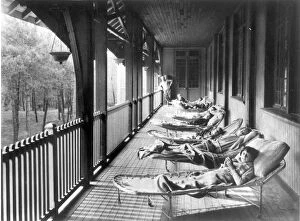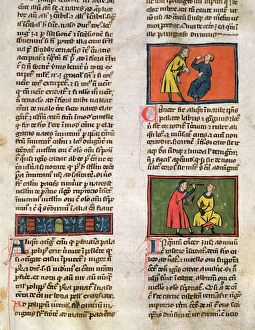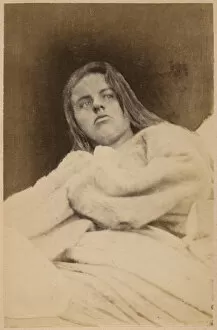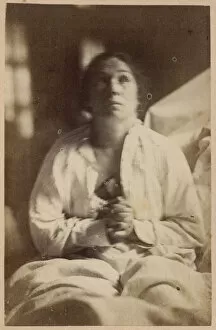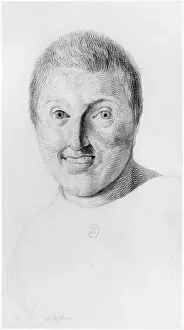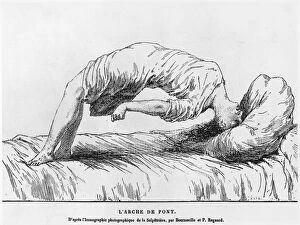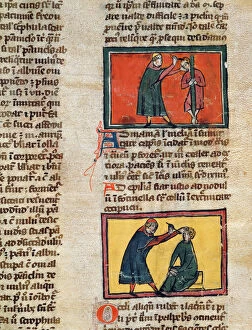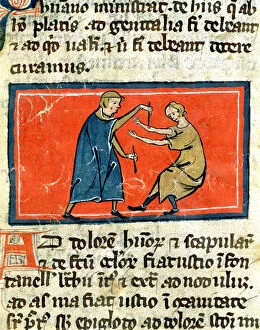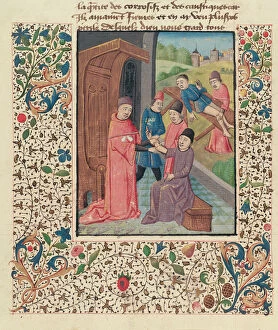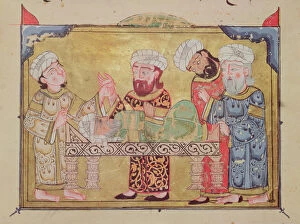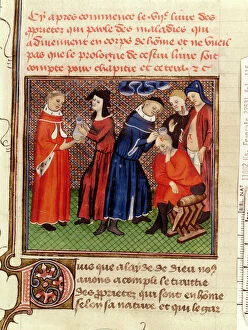Patient Collection (page 19)
In the depths of history, the concept of "patient" has evolved alongside humanity's pursuit for medical care and understanding
All Professionally Made to Order for Quick Shipping
In the depths of history, the concept of "patient" has evolved alongside humanity's pursuit for medical care and understanding. From the haunting silhouettes of World War I soldiers, their bodies bearing witness to the horrors of battle, to the delicate intricacies revealed by a 3D angiogram in 1981, our journey through healing is as diverse as it is profound. It was in 1846 that a groundbreaking milestone forever changed surgery - the first use of anesthesia. This revolutionary discovery brought relief to countless individuals who previously endured unimaginable pain during procedures. In those early days, patients were often confined within asylum walls under Charcot's watchful eye, seeking solace from their troubled minds. The X-ray C017 / 7187 reveals a broken wrist bone frozen in time - a testament to both human fragility and resilience. Across continents and centuries, hospitals like Whipps Cross Hospital in Essex became beacons of hope for those seeking comfort amidst illness or injury. Even dentistry had its place in this narrative; Victorian scrap captures an unsettling scene where a dentist pulls a tooth with determination etched on his face. Yet progress prevailed as Florence Nightingale emerged as an emblematic figure advocating for proper healthcare practices. Pneumothorax treatment found its place among medical advancements too - captured vividly through an X-ray image that showcases not only cause but also effect. Meanwhile, H. M Bateman's cartoon humorously depicts the trials faced by dentists throughout history. In Cuba around 1900, Dr. Carlos Finlay and Dr. Walter Reed stood at the forefront of conquering Yellow Fever after years plagued by its devastating effects on communities. Their collaboration paved the way for inoculations against this deadly disease. Looking back further still into ancient times brings us face-to-face with trepanation depicted in mesmerizing artwork from the fourteenth century - revealing mankind's earliest attempts at cranial surgery.



